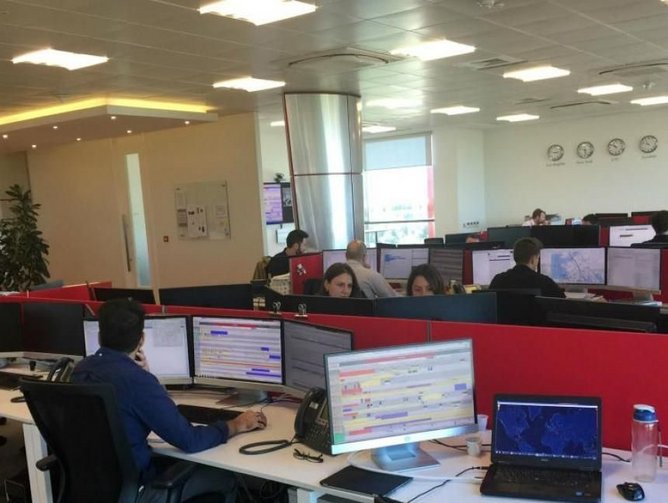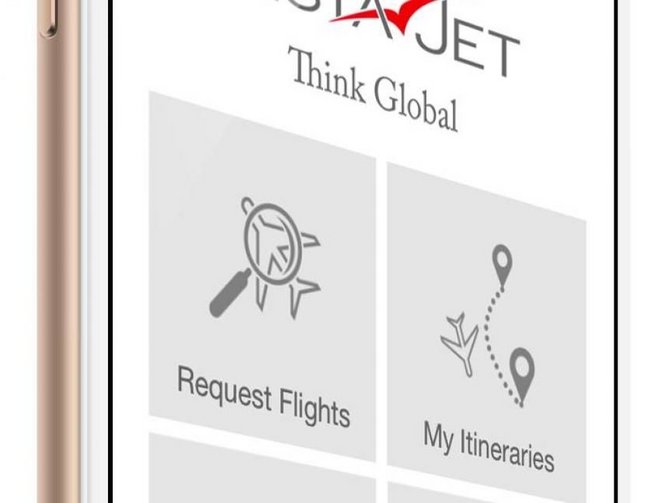How VistaJet is transforming business aviation using technology
In the challenging environment of business aviation, every move is important and reputation counts for everything. Twelve years ago, VistaJet decided to split from the pack and offer a unique subscription model whereby discerning corporate and high net worth customers purchase blocks of flight hours, rather than a fraction or entire aircraft, to obtain guaranteed access to its fleet of over 65 business jets anywhere in the world.
Business Review Europe speaks to Chief Information Officer Pedro Nassif about the value that digitalisation has brought to the company’s internal processes, as well as what this means for both one-time and regular customers.
The business of aviation
The market for business aviation is certainly rewarding, but competition is stiff, from players both big and small, old and new. By owning its fleet, VistaJet sets itself apart from competitors by focusing on providing aircraft services that are truly like no other –providing its customers with a guaranteed aircraft, true flexibility and unmatched personalised service, all whilst offering the largest service area in business aviation.
“It’s like having your luxury car waiting for you outside your business meeting,” Nassif says. “You might be late, so you can tell us to wait. You might want to fly tomorrow instead of today; we can change the flight destination, the time, the date and even the passengers on board. This actually happens about three to four times on average per flight.”
Alongside private individuals seeking convenience and discretion, VistaJet has been trusted to arrange flights for a variety of high-worth individuals including several heads of state, as well as a high number of business leaders and entrepreneurs. Flying to well over 180 countries globally, the aviator is capable of tailoring each flight in line with the demands of its customers through a number of separate channels using bespoke internal systems, traditional booking methods and a dedicated app.
VistaJet’s identically branded fleet of over 65 Bombardier Global and Challenger jets is currently the largest privately-owned collection in the world, but what is more staggering is its age: the company ensures that its planes are no less than 18 months old on average – a rarity in the industry.
Technology transformation
Over the past five years, Nassif’s work as CIO has been to ensure that digitalisation is at the forefront of the company agenda. The first stage of this process, which started in 2011, focused on digitalising internal business processes in order to deliver more than 100 unscheduled flights per day as efficiently as possible – the next, still ongoing, has been to ensure that digitalisation has a direct benefit to the customer.
“Technology is absolutely vital for our business processes,” he says, “Delivering bespoke services can only be achieved using timely, targeted and accurate data. So the approach to technology is to make sure that data is made available in real time to the right people, in order to deliver a world-class experience on every flight.
“What we are going through is quite unique. I don’t think that in the business aviation sector, anyone has the sort of commitment to technology that VistaJet has. We have built an end-to-end technology platform that we call GlobalView which allows our value streams to collaborate at every stage of the flight – from booking to billing.”
He explains that, when a customer calls or uses the Vistajet App to book a flight, the booking is recorded and managed throughout its entire life cycle in GlobalView. This enables every team (Operations, Catering, Customer Service, Finance, and Maintenance,) to work simultaneously on preparing the flight. All while providing line managers with Management Information System (MIS), so they and other key stakeholders can track and understand what is happening in real time.
“That’s a big achievement because many companies working with platform systems specialising in a specific area struggle with the integration of this many to make them work,” Nassif says. “We are in a positive investment perspective - many companies will spend the lion’s share of their technology budget maintaining their systems and on operating costs – we keep that low and spend the majority of our technology budget on the future; on investment.
“This started with an internal phase where we looked at our functions and processes and created GlobalView. The second phase of is to provide these digital processes to our customers, which we are succeeding at because we know them all very well and can spot behavioural trends. Data enables a very personalised service – we know that Person A likes the cabin at 20 degrees and likes to be treated in a certain manner. It’s very specific.”
Collaborative partnerships
VistaJet does not shy away from bringing elite partners on board to solve a variety of problems, and the relationships are usually integrated. With a global staff base of 150, it has dedicated operations in South America (Monitora), Middle East (VentureDive), Eastern Europe (Digitally Inspired & Dreamix) and the UK among others. “Those companies work very closely with us – mostly with our project managers or business analysts,” Nassif explains.
Having engaged with the needs of its customers from day one, VistaJet’s position in the private business aviation sector has been cemented. By leveraging the latest developments in technology in order to better understand the needs of its customers, the company has ensured that its offering is indispensable for businessmen and selective customers seeking connections anywhere in the world, at any time.














